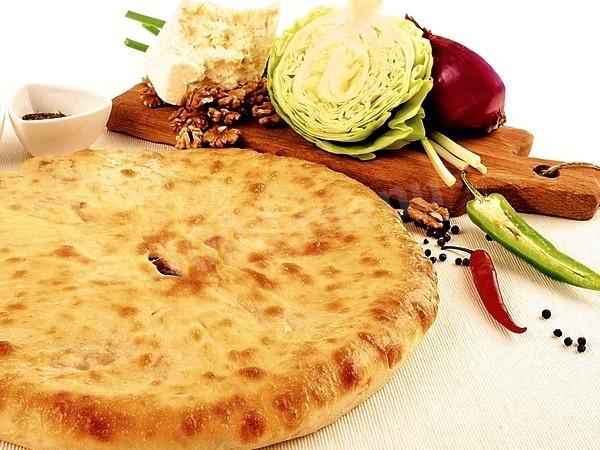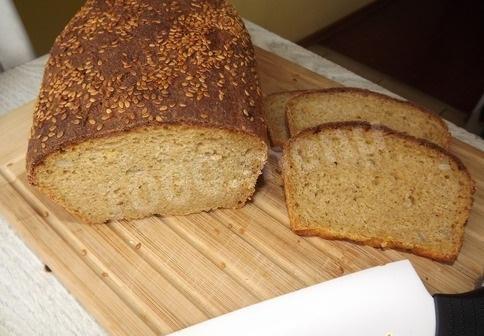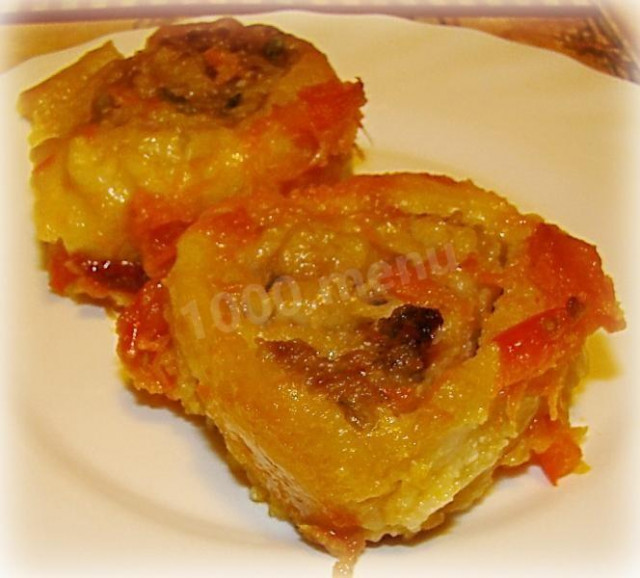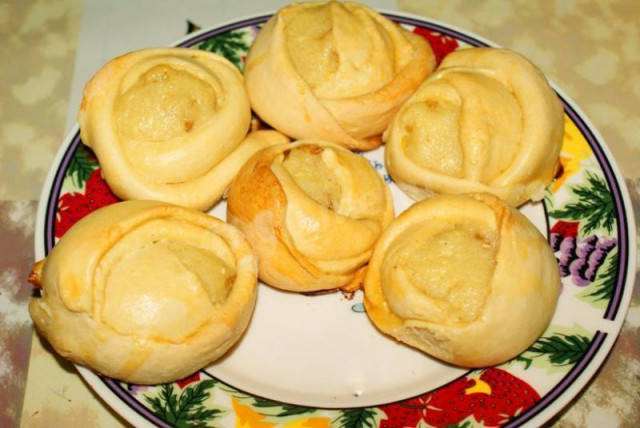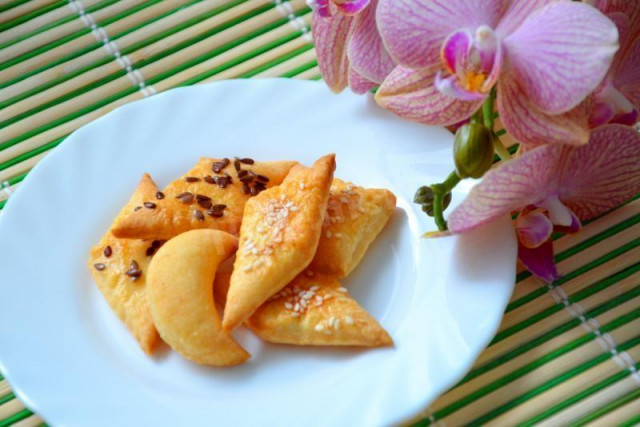Ossetian lean pies
Composition / ingredients
8
Servings:
Cooking method
We dilute a tablespoon of sugar and a teaspoon of dry yeast per 100 grams of water. Let the yeast mass rise.
Separately, collect 750 grams of boiled warm water and yeast mass in them and pour flour. Flour needs just enough to make the dough viscous and viscous. Knead until we get the desired result.
We coat the kneaded dough with vegetable oil. We leave the dough in a container securely protected from open air by a food film. We put the container in a warm place so that it rises. Two hours should be enough if everything is done correctly.
In the two hours that we have left, we make the filling for the pie. There should be a lot of filling. We expect that the mass of the filling should be slightly less than the mass of the available pie dough.
As the dough has risen, we divide it into three parts, and put the filling in each so that it occupies almost the entire diameter of the rolled dough cake. Collect all the edges of the dough in the center, and crumple together. Now turn over more raw pies, and distribute the filling inside more evenly.
We stretch these blanks on a wide sheet so that they occupy it completely. The sheet can be either dry or lubricated. Rolled out, and we leave a hole in the middle so that the air comes out freely. We keep the pies in the oven for 5 minutes at a temperature of about 200 degrees, but not higher. In the finished form, Ossetian lean pies should take you almost 30 centimeters in diameter.
Separately, collect 750 grams of boiled warm water and yeast mass in them and pour flour. Flour needs just enough to make the dough viscous and viscous. Knead until we get the desired result.
We coat the kneaded dough with vegetable oil. We leave the dough in a container securely protected from open air by a food film. We put the container in a warm place so that it rises. Two hours should be enough if everything is done correctly.
In the two hours that we have left, we make the filling for the pie. There should be a lot of filling. We expect that the mass of the filling should be slightly less than the mass of the available pie dough.
As the dough has risen, we divide it into three parts, and put the filling in each so that it occupies almost the entire diameter of the rolled dough cake. Collect all the edges of the dough in the center, and crumple together. Now turn over more raw pies, and distribute the filling inside more evenly.
We stretch these blanks on a wide sheet so that they occupy it completely. The sheet can be either dry or lubricated. Rolled out, and we leave a hole in the middle so that the air comes out freely. We keep the pies in the oven for 5 minutes at a temperature of about 200 degrees, but not higher. In the finished form, Ossetian lean pies should take you almost 30 centimeters in diameter.
Caloric content of the products possible in the composition of the dish
- Fresh basil - 27 kcal/100g
- Dried basil - 251 kcal/100g
- Pressed yeast - 109 kcal/100g
- Whole durum wheat flour fortified - 333 kcal/100g
- Whole durum wheat flour, universal - 364 kcal/100g
- Flour krupchatka - 348 kcal/100g
- Flour - 325 kcal/100g
- Granulated sugar - 398 kcal/100g
- Sugar - 398 kcal/100g
- Vegetable oil - 873 kcal/100g
- Green onion - 19 kcal/100g
- Salt - 0 kcal/100g
- Water - 0 kcal/100g
- Beet leaves - 12 kcal/100g

